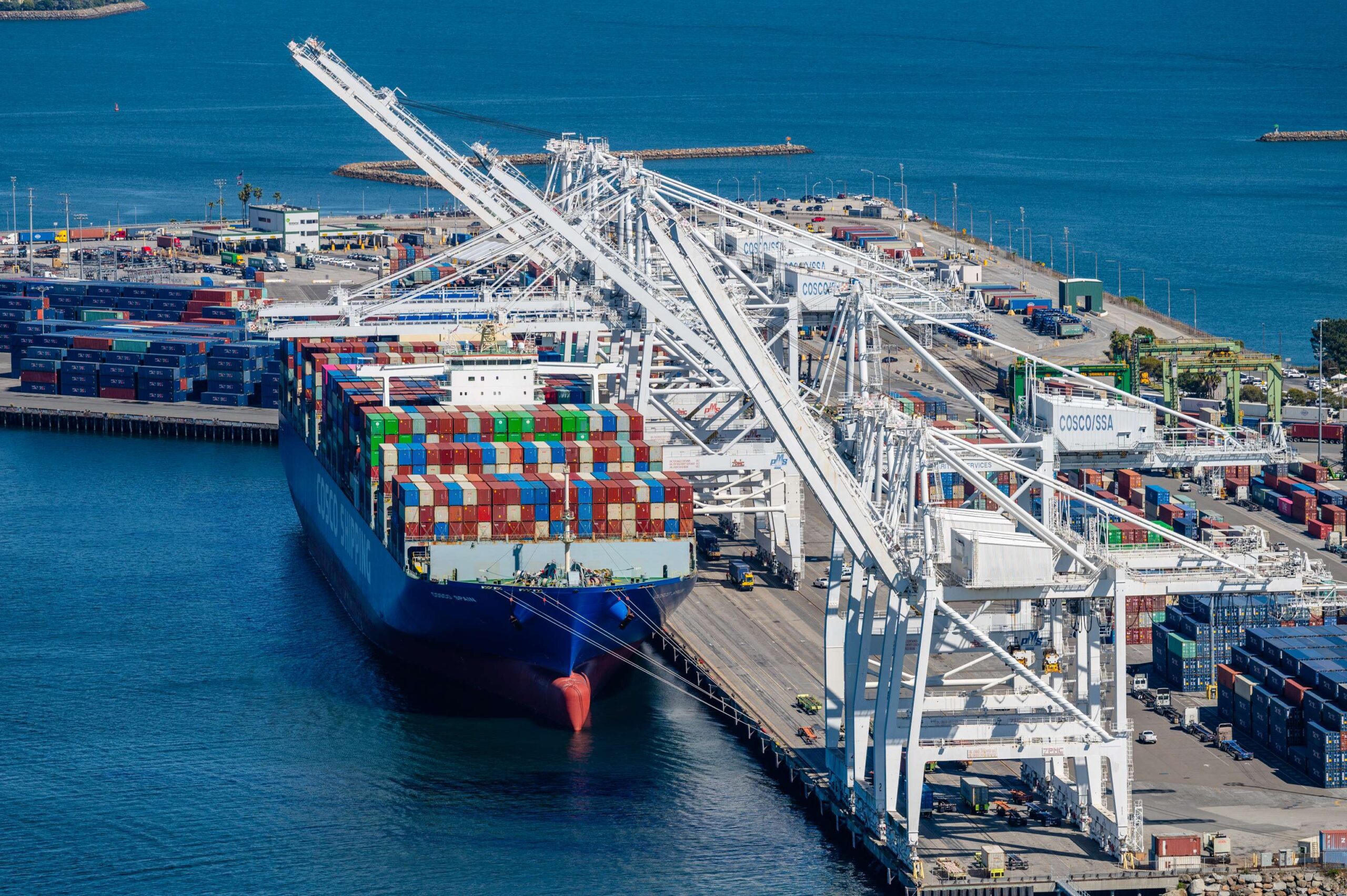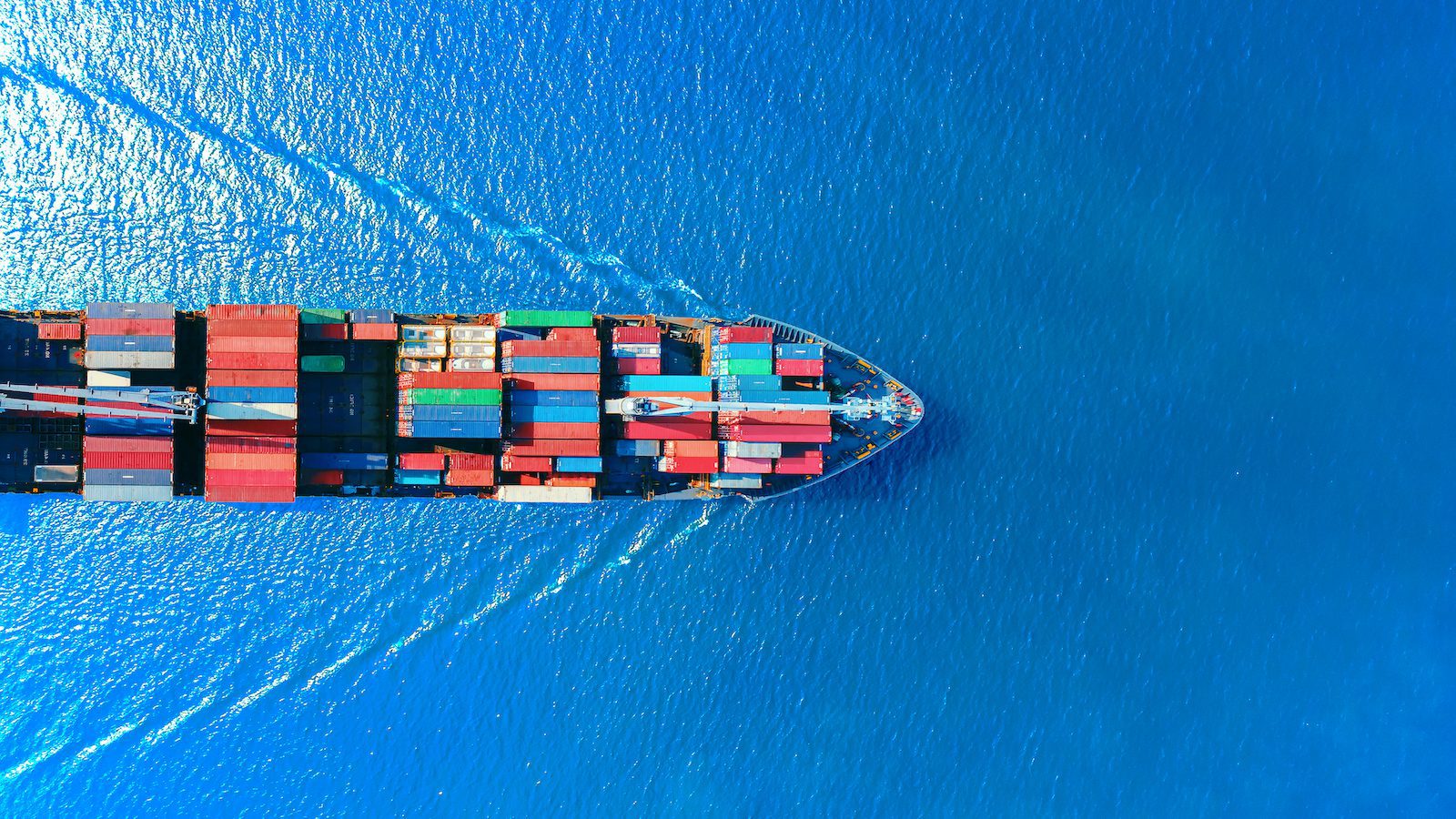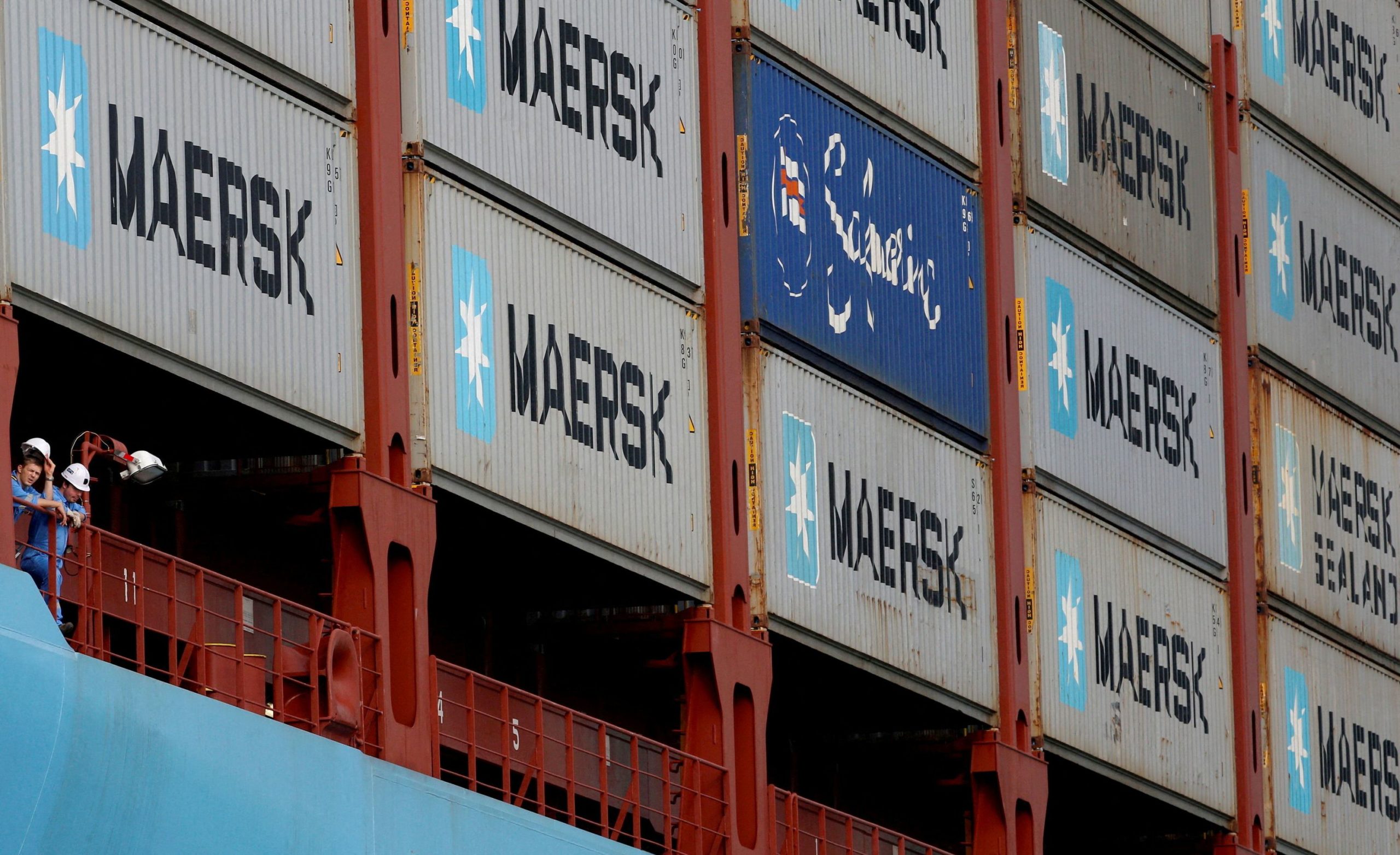The maritime shipping industry is facing multiple headwinds as the Drewry World Container Index (WCI) fell 6% to $1,913 per 40ft container this week, marking the 14th consecutive week of decline. This downward trend comes amid intensifying trade tensions, upcoming U.S. vessel restrictions, and a shifting supply-demand balance that threatens to reshape global shipping patterns.
The major trade routes are now aligned in a downward trajectory, though each is moving at different speeds. Transpacific spot rates have resumed their decline after a brief recovery, with Shanghai to Los Angeles rates decreasing 4% to $2,561 per 40ft container, while Shanghai to New York rates dropped 5% to $3,571. According to Drewry’s assessment, “the momentum from GRIs and blank sailings has now faded, which led to the reduction in rates.”
On the Asia-Europe corridor, the situation appears more severe. Spot rates fell 11% on the Shanghai-Rotterdam route to $1,910 per 40ft container and 9% on Shanghai-Genoa to $2,131. Drewry attributes this steeper decline to carriers’ struggles “to match increased capacity—due to new vessels entering the trade—with softening demand.”
Looking ahead, Drewry expects rates to continue declining in the coming weeks, particularly as blank sailings increase ahead of China’s Golden Week holidays beginning October 1. The firm’s Container Forecaster predicts that “the supply-demand balance [will] weaken again in 2H25, which will cause spot rates to contract.”
This maritime market softening is occurring against a backdrop of significant trade policy uncertainty. The National Retail Federation (NRF) reports that U.S. container imports are expected to steadily decline for the remainder of 2025 amid rising tariffs.
“The uncertainty of U.S. trade policy is making it impossible to make the long-term plans that are critical to future business success,” said Jonathan Gold, NRF Vice President for Supply Chain and Customs Policy. “These tariffs and disruptions to the supply chain are adding costs that will ultimately lead to higher prices for American consumers.”
Adding complexity to the situation, carriers are actively reorganizing their fleets ahead of the October implementation of USTR Port Fees on Chinese-built vessels. The Premier Alliance has already split its transatlantic MS2 service into two separate loops to enable ONE to redeploy 10 Chinese-built ships away from U.S. routes.
Data from Drewry shows that between May and August, the number of China-built vessels on the Asia-U.S. West Coast route fell by 19% to 102 vessels, with similar declines of 20% on the Asia-U.S. East Coast trade. However, Sea-Intelligence analysts note that “despite much talk, and recent headlines about carrier redeployment, the data presently do not support this on the Transatlantic at all, and only somewhat so on the Transpacific.”
The implications for major carriers vary. Cosco Shipping Lines, with the highest proportion of China-built ships in its fleet, has vowed to defend its transpacific sailings despite the looming fees. Meanwhile, CMA CGM has stated it will not pass surcharges to shippers, as the carrier can redeploy its fleet to mitigate impacts.
As the industry heads toward a critical fourth quarter, these converging factors—declining rates, trade policy uncertainty, and vessel deployment changes—suggest a period of continued volatility for global container shipping that could extend well into 2026.

 Join The Club
Join The Club











